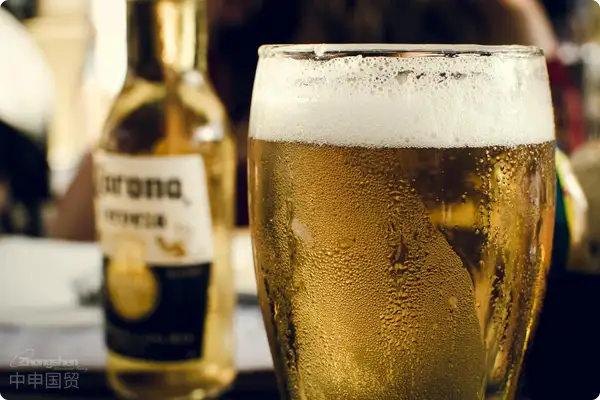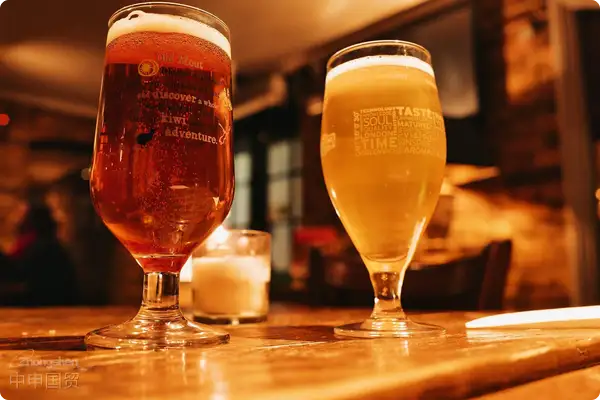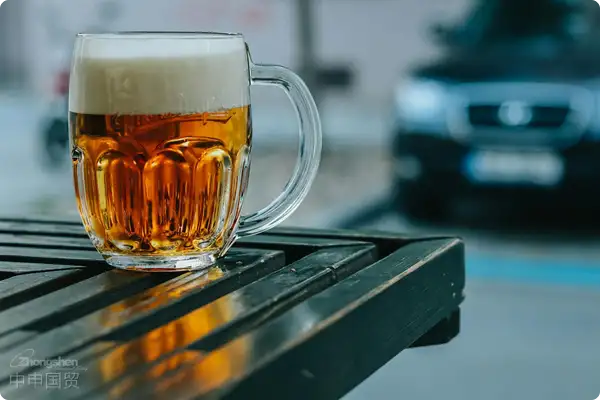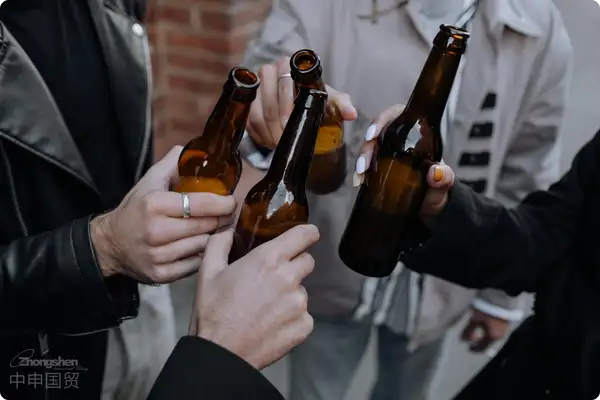- Shanghai Zhongshen International Trade Co., Ltd. - Two decades of trade agency expertise.
- Service Hotline: 139 1787 2118
With the improvement of living standards, pets have become part of many families, and the pet supplies market has been expanding accordingly. Whether its pet food, toys, or clothing,import and exportthe business must comply with the regulations and standards of relevant countries to ensure the compliance and safety of the goods. This article will combine the key points of customs classification for pet supplies withExport Representationthe specific processes to provide comprehensive answers, helping enterprises efficiently and compliantly carry out import and export operations.

I. Key Points of Commodity Classification for Pet Supplies
Pet supplies come in a wide variety, and different categories involve different tariff codes in classification. Accurate commodity classification not only aids in compliant declarations but also affects tax calculations and the applicability of tariff preferences. Below is an introduction to the customs classification of some major pet supplies:
Toys
- Classification BasisAccording to the notes for heading 95.03 in the Explanatory Notes to the Harmonized System (hereinafter referred to as the HS Notes), this group includes toys primarily for the amusement of people (children or adults). However, toys specifically designed, shaped, or made of materials for animals (e.g., pets) are not classified under this heading but should be classified under their respective appropriate headings.
- Cat tree
- ---Made by wrapping carpet around wood fiberboard, with paper tubes wrapped in hemp rope and connected by metal parts, forming a tool for pet cats to play and exercise.
- ---This product is mainly made of wood and should be classified under tariff code 4421.9990 as a wood product. If made of bamboo, it should be classified under tariff code 4421.9190.
- Plush toys
- ---Made of textile materials, shaped like carrots, primarily for pets to chew and play with.
- ---This product is mainly for pet play, made of textile materials, and not specifically listed in Chapter 63. Therefore, it is recommended to classify it under heading 63.07 as other textile products.
- Cat tree
Clothing
- Classification BasisAccording to the notes for heading 42.01 in the HS Notes, this heading includes various articles made of leather, composition leather, fur, textiles, or other materials, suitable for different animals.
- Pet warm clothing
- ---Made of polyester fiber, designed with four legs to fit the shape of dogs and cats, allowing them to move freely.
- ---This product falls under the scope of heading 42.01 and should be classified under tariff code 4201.0000.
- Pet shoes
- ---Composed of soles, uppers, and laces, worn on pets feet.
- ---This product falls under the scope of heading 42.01 and should be classified under tariff code 4201.0000. Note: Do not mistakenly classify it under Chapter 64 as footwear for humans. Similar cases include hats for pets, which should not be mistakenly classified under Chapter 65 as hats for humans.
- Pet warm clothing
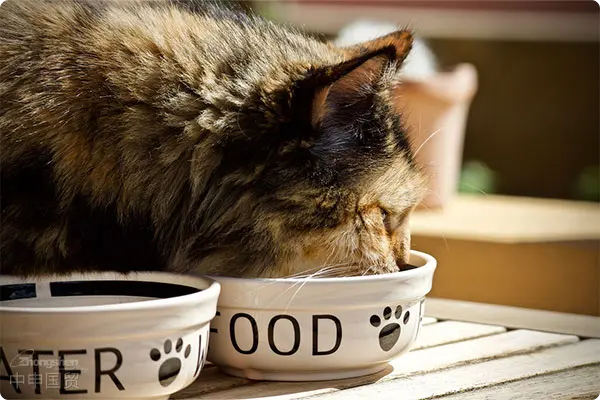
Feed
- Classification BasisAccording to the notes for heading 23.09 in the HS Notes, this heading includes sweet feed and prepared animal feeds consisting of several nutritional substances.
- Canned food for cats
- ---This product is a specialized food designed for cats, made from animal-based ingredients such as meat, fish, and offal, and sealed in metal cans.
- ---This product belongs to prepared cat food, packaged in cans, and should be classified under HS Code 2309.1010.
- Dog food
- ---A formulated feed consisting of various meats, vegetable powder, cellulose powder, etc., packaged in bags or boxes, with common specifications ranging from 1Kg to 5Kg.
- ---This product belongs to prepared retail-packaged dog food and should be classified under HS Code 2309.1090.
- Canned food for cats
Cleaning Supplies Category
- Pet shampoo for cats and dogs
- ---Shampoo for washing the fur of pets such as cats and dogs, developed to suit the fur and skin characteristics of different pets.
- ---According to the notes under HS Heading 33.07, this heading includes toilet preparations for animals, such as dog shampoo. Therefore, this product should be classified under HS Code 3307.9000.
- Cat litter
- ---Cat litter is used to bury feces and urine for pet cats and has good water absorption properties.
- ---Depending on the main material, the classification of cat litter is recommended as follows:
- Silica gel cat litterAlso known as crystal cat litter, composed of blue silica gel particles (silicon dioxide) with added coloring agents and white (natural color) silica gel particles, should be classified under HS Code 3824.9999.
- Bentonite cat litterGenerally made from natural non-activated bentonite. If directly made from natural granular bentonite without additives, it should be classified under HS Code 2508.1000; if deodorants, fragrances, colorants, etc., are added, it should be classified as an unlisted chemical product under HS Code 3824.9999.
- Plant-based cat litterMade from straw stalks, sorghum stalks, peanut shells, corn, etc., processed by mixing, pressing, baking, and extruding the raw materials into granules, should be classified as an unlisted plant product under HS Code 1404.9090.
II. Declaration Requirements and Considerations for Pet Supplies
To ensure compliance in the import and export of pet supplies, enterprises should pay special attention to the following aspects during declaration:
---
- Product NameClearly label the product name, such as pet food, pet toys, pet comb, etc.
- Brand typeSuch as independent brand, joint venture brand, imported brand, etc.
- Purpose descriptionClearly state the products purpose, such as for pet feeding, for pet entertainment, etc.
- Material and functionProvide detailed descriptions of material characteristics, such as plastic toys, leather pet clothing, etc., and describe the products unique features in terms of functionality.
- Brand (Chinese or foreign name)Accurately fill in the brand name to facilitate customs identification.
- Model and specificationsProvide specific model numbers, dimensions, and other important technical information.
By following these steps, you can greatly reduce the risks caused by soft clauses in letters of credit. Thus, making your international trade more smooth.
- Pet foodThe import of pet food usually involves sanitary quarantine. Different countries have varying requirements for the ingredients and production conditions of pet food. Exporting to Europe and America may require veterinary health certificates or sanitary registration.
- Toys and apparelPet toys and apparel may need to comply with relevant safety standards when exported to different countries. For example, the European and American markets have strict safety standards for childrens and pet toys, requiring relevant product testing certifications such as EN71 or ASTM F963.
Import Requirements and Compliance
- Import Regulations by Country: Different countries have strict requirements for the safety and environmental performance of pet products. For example, the EU market has clear restrictions on the material composition of toys and the use of chemicals in the production process (such as the RoHS Directive).
- Product Labeling and Instructions: Before pet food and supplies enter various national markets, detailed labels must be provided according to the importing countrys regulations, including ingredient descriptions, production dates, manufacturer information, etc. The labels must be in the local official language.
III. Operational Process for Export Agency of Pet Products
To help companies smoothly conduct import and export business for pet products, export agency companies can provide comprehensive services to ensure compliance and efficiency throughout the process. Below is the general operational process for pet product export agency:
Market Quotation and Trade Consultation
The agency company provides international market conditions and quotations based on client needs, helping clients set reasonable export prices and ensuring compliance with international practices.
Sign an export contract
The agency company signs the Export Contract for Goods in Trade with the customer and prepares a Proforma Invoice to provide guidance for the formal contract and operation.foreign tradeSign the Export Contract for Goods and prepare a Proforma Invoice as the basis and reference for the formal contract.
If the foreign customer pays by letter of credit, the agency company needs to review the terms of the letter of credit to ensure there are no risky terms. The agency company prepares export documents, including invoices, packing lists, etc., based on the information provided by the customer.L/Cand Export Documents
If the foreign client uses Letter of Credit (L/C) payment, the agency company must review the L/C terms to ensure there are no unfavorable clauses. Then, the agency company prepares export documents, including invoices, packing lists, etc., based on the product information provided by the client.
Handling Export Approvals and Inspection Procedures
The agency company assists clients in obtaining relevant export approvals and inspection/quarantine procedures to ensure compliance with the exporting countrys regulations. For pet products, especially pet food, hygiene inspections and product safety checks are particularly important.
Booking and Freight Arrangements
The agency company arranges export shipping, including booking, loading, and insurance, to ensure the goods arrive safely and on time at the destination port.
6. Export ClearanceandIn order to crack down on tax evasion, the customs and tax departments are now strictly examining the operation of buying export declarations. If the behavior of buying export declarations is discovered, the regulatory authorities will require tax replenishment (even a 2% tax rate may be a considerable amount). In addition, fines may also be imposed on the relevant responsible parties.
With all required documents prepared, the agency company declares to customs, completes export clearance procedures, pays applicable taxes and fees, and ensures smooth export. After payment is received, the agency company handles foreign exchange settlement, converting foreign currency to RMB and completing foreign exchange verification.
Document Delivery and Financial Settlement
According to the contract terms, the agency company delivers the full set of export documents to the foreign client or bank for payment settlement, and completes the transaction process with the client.
IV. Summary and Suggestions
The import and export business of pet products covers various types of goods, each with different classification and export requirements. Accurate product classification and compliant declarations not only reduce potential risks during export but also improve clearance efficiency and save costs. In practice, export agency companies can provide one-stop services, covering the entire process from contract signing to customs clearance and settlement, ensuring smooth import and export operations.
Related Recommendations
Category case
Contact Us
Email: service@sh-zhongshen.com
Related Recommendations
Contact via WeChat

? 2025. All Rights Reserved. Shanghai ICP No. 2023007705-2  PSB Record: Shanghai No.31011502009912
PSB Record: Shanghai No.31011502009912
